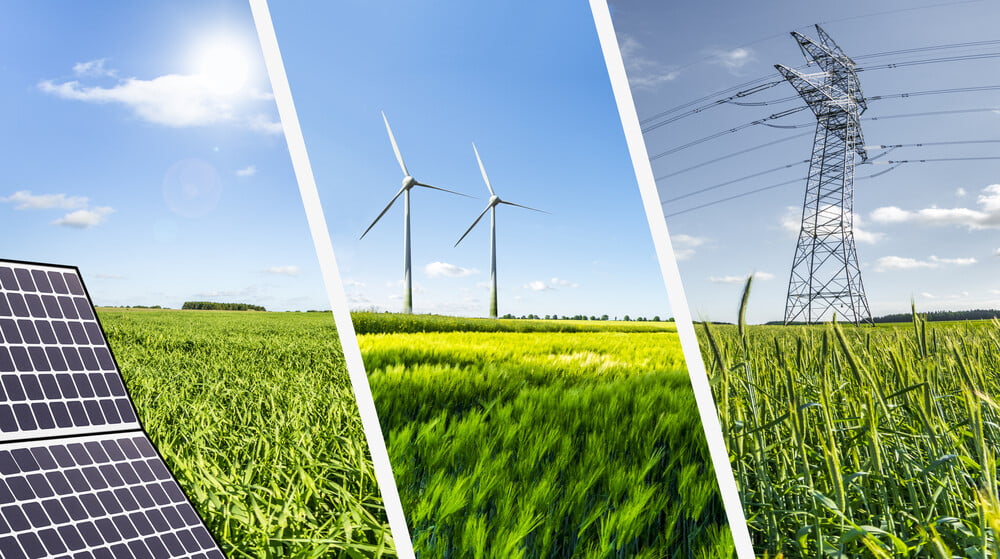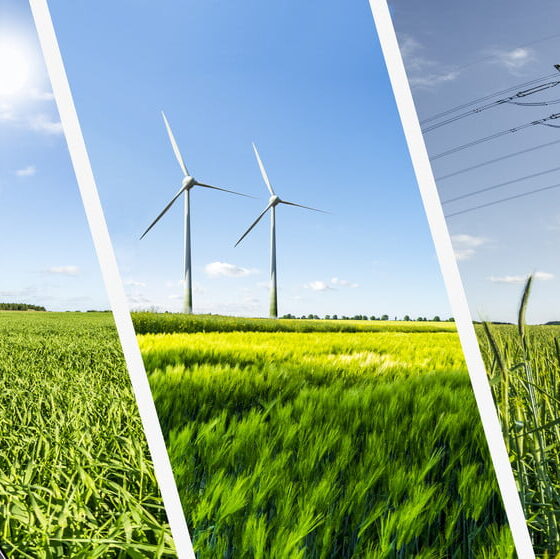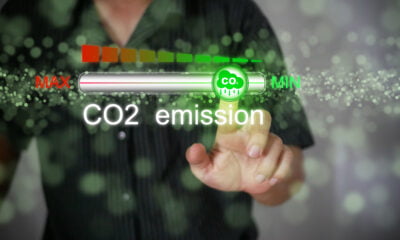

Energy
Everything You Need to Know Before You Start Using Renewable Energy in 2021
Global warming, climate change, greenhouse effect, air pollution – this is just a glimpse of environmental issues the planet is grappling with right now. On top of that, the depletion of natural resources, such as minerals and fossil fuels, is bringing the world closer to a global energy crisis.
With the polar ice caps melting at a record six-times faster rate than in the 90s, it’s high time to step up and start taking care of the environment. From cutting down on plastic use to reducing your carbon footprint – there’s a lot you can do to reverse the harmful effects rampant modernization has had on the planet.
One of the most powerful ways of protecting the environment and preserving natural resources is to switch to renewable sources of energy, which is shown to lower the impact of climate change. Whether you want to power your entire home, an air-conditioning system, or a vehicle, renewable energy is a cleaner and greener alternative to traditional sources of energy.
However, switching from your regular power grid to renewable energy isn’t as easy as it sounds. It’s crucial to carefully assess the local topography and weather and select the right type of renewable energy source. Also, you need to install additional devices, such as solar panels and wind turbines, to harness this energy.
In this blog, we’ll outline a few effective techniques you can use to switch to renewable energy in today’s day and age. But let’s first take a quick look at the pros and cons of using renewable energy and analyze whether it’s worth the effort and investment.
Renewable Energy: A Closer Look
Simply put, renewable energy is the energy obtained from natural and readily available sources, such as the sun, wind, water, and tidal waves. Depending on the source, you can use different types of renewable energy, such as:
- Solar energy
- Wind energy
- Hydroelectric power
- Geothermal energy
- Tidal energy
- Biomass energy
What sets renewable energy apart from traditional or non-renewable energy is that renewable energy sources are available in abundance in nature. This means they’re never going to be depleted and are, therefore, an effective way of combatting the impending energy crisis.
Key Benefits of Renewable Energy
Unlike fossil fuels, such as coal and natural gas, using renewable energy sources doesn’t release any harmful greenhouse gases into the atmosphere. This is particularly crucial considering that generating electricity from fossil fuels accounts for 25% of greenhouse gas emissions every year.
Thus, increased use of renewable energy can help minimize the greenhouse effect and global warming. Also, it can help control air pollution, thereby reducing the likelihood of respiratory disorders. That’s why it is often referred to as clean energy.
Moreover, the abundance of wind, solar, and hydropower means renewable energy is going to be more cost-effective in the long run. If you generate surplus power, you can even sell it back to the grid. It’ll go a long way to reduce the demand for fossil fuels and prevent the depletion of these natural resources.
Also, the large-scale use of renewable energy can help create new employment opportunities. According to IRENA, the renewable energy industry will create more nearly 40 million jobs by 2050. Thus, apart from saving the environment and your money, you can also contribute to the global economy by using renewable energy.
The amazing benefits of renewable energy can easily convince anyone to make the switch. However, there are a few things you should keep in mind before taking the plunge.
Things to Consider Before Using Renewable Energy
The biggest factor that deters consumers from completely adopting clean energy is its increased dependence on weather conditions. For instance, if you install solar panels on the rooftop of your home, you need to find an alternative source for winters.
Likewise, the efficiency and usability of wind turbines will depend on the weather conditions in your area. Also, owing to climate change, seasonal weather changes and extreme weather conditions, such as storms and floods, have become more common.
Thus, you need a clear idea of the local weather before you can select the right renewable energy source for your property. The good news is that you’ll find plenty of weather intelligence apps and websites that provide accurate and hyperlocal weather and air quality details.
This data will come in handy while assessing the viability of using renewable energy in your area. Moreover, it’ll help you better prepare for seasonal power outages owing to unfavorable weather conditions.
It’s also worth mentioning here that the initial cost of switching to clean energy can be quite high. Whether you’re installing a solar water heater or a wind turbine, it’s going to be expensive. Also, you must have adequate space on your property to accommodate these devices.
Now that you have a better idea of the type of renewable energy you want to use, we’ll discuss a few tips to help you get started.
How to Harness Renewable Energy?
As a regular consumer, one of the easiest ways of using renewable energy is to get solar panels installed at your home/office. You can place them on the rooftop or yard, depending on the layout of your property.
Alternatively, if installing a solar panel seems too cumbersome and expensive, you can consider using solar ovens and solar water heaters. These are specially-designed devices that use solar energy to heat food and water respectively. Likewise, you can switch to solar air-conditioning to conserve energy and save the environment.
If your property has enough yard space, you could consider installing a wind turbine. However, make sure you obtain the necessary permits from the local authorities and your neighbors. This is important because wind turbines tend to be noisy and can spoil the look of a well-kept neighborhood.
Also, if there’s a stream or river flowing near your property, you can use a turbine to harness hydroelectricity and power your home. However, installing a professional hydropower generator is expensive and requires professional help.
Considering the unpredictable and seasonal nature of renewable energy, it’s also a wise idea to install a rechargeable battery, such as Tesla’s Powerwall. It can help you harness and store additional solar or wind energy when the weather is in your favor.
What techniques are you using to power your home with renewable energy? Share your tips in the comments section below.




























